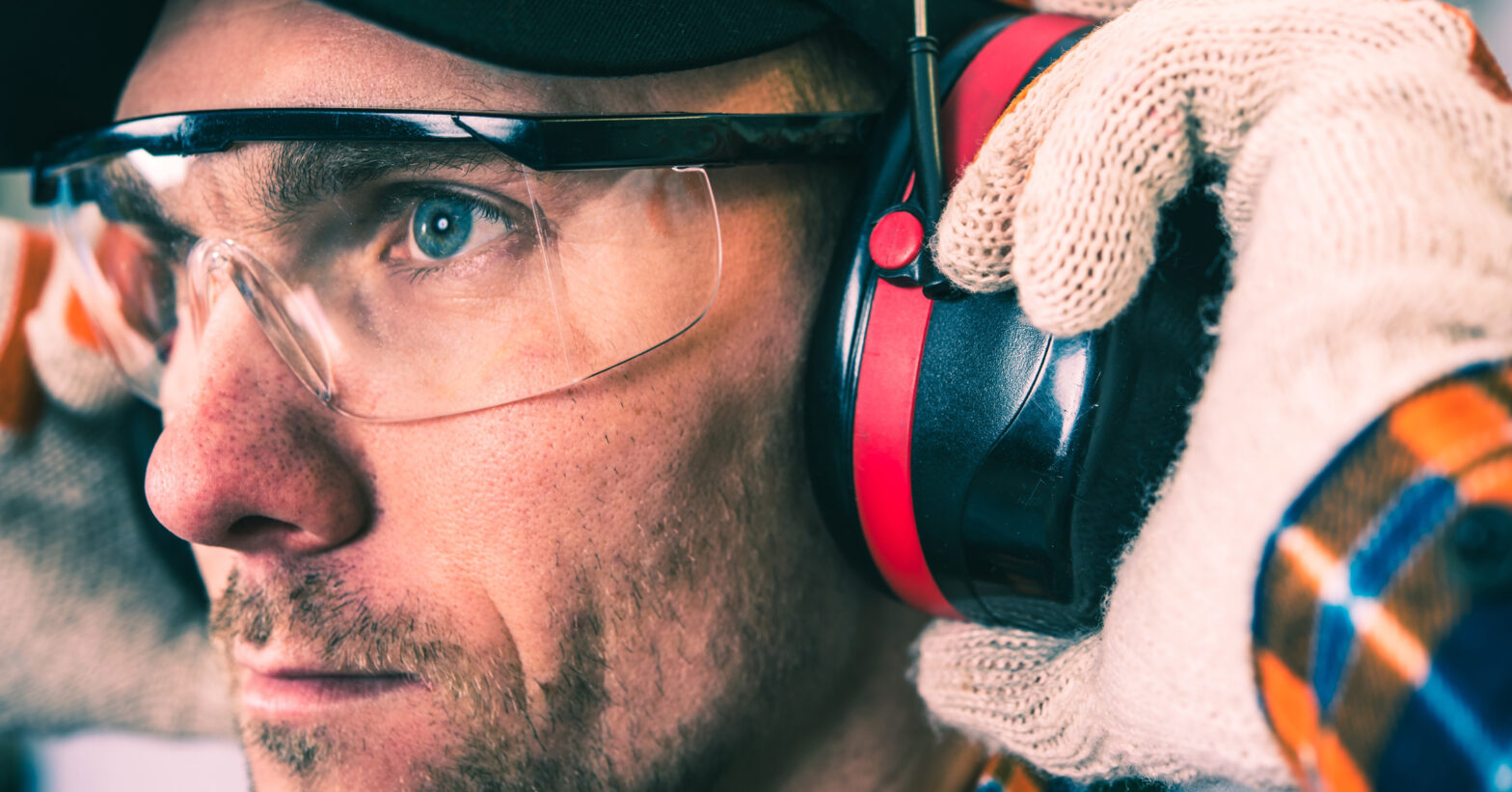
Did you know that, according to the Labour Force Survey (LFS), there have been approximately 11,000 prevalent cases of hearing problems each year caused or exacerbated by work over the last three years? It’s a staggering figure highlighting the critical need for hearing protection in various industries. In this comprehensive guide, we will delve into the world of hearing protection, exploring why it’s essential and the different types available.
In our day-to-day lives, we frequently encounter loud and potentially harmful noises, both at work and during our daily activities. This prompts a crucial question: why is hearing protection essential? Loud noises, whether from heavy machinery on a construction site or the clamour of road repair, can significantly impact our hearing health.
Prolonged exposure to high-decibel sounds can lead to a spectrum of detrimental effects, such as:
Noise-induced hearing loss (NIHL): One of the most immediate and well-documented consequences of noise exposure is noise-induced hearing loss. This type of hearing loss is often irreversible and can result from both short-term exposure to extremely loud sounds and long-term exposure to moderately loud sounds. It typically begins with difficulty hearing high-pitched sounds and can progress to more severe hearing loss over time.
Increased Stress: Chronic exposure to loud noises can lead to heightened stress levels, which, in turn, can have a cascading impact on one’s overall health and well-being.
Tinnitus: Constant noise exposure can also give rise to tinnitus, a persistent ringing or buzzing in the ears. This condition can be not only bothersome but also emotionally distressing.
Importance of Early Prevention
Prevention proves to be the most effective strategy for preserving our hearing health. It’s significantly easier to shield our ears from damage than it is to reverse hearing loss. Hearing protection emerges as a vital player in early prevention.
Preserving Hearing for a Lifetime: Wearing appropriate hearing protection significantly reduces the risk of noise-induced hearing loss, allowing individuals to enjoy the full spectrum of sounds throughout their lives.
Maintaining Quality of Life: Hearing loss can lead to isolation, communication difficulties, and even depression. Early prevention through hearing protection enables individuals to sustain their quality of life, participating fully in social and professional activities.
Who should wear hearing protection?
While it’s evident that those working amidst loud noises should prioritise hearing protection, this extends beyond workers. Supervisors, visitors, and anyone exposed to potentially harmful noise levels should recognise the importance of hearing protection.
Employers also play a pivotal role in hearing health. They are responsible for providing suitable hearing protection, educating workers on its proper use, and ensuring compliance with regulations. This proactive approach not only safeguards workers but also shields employers from potential legal consequences.
Understanding different types of hearing protection
Exploring Various Types: Hearing protection comes in various forms, from earplugs and earmuffs to custom-fit options. The choice hinges on factors such as comfort, the nature of the work, and the Noise Reduction Rating (NRR) of the protection.
Noise Reduction Rating (NRR): The NRR stands as a pivotal factor in choosing the right hearing protection. It signifies the level of noise reduction the protection can provide, aiding individuals in making informed decisions based on the specific noise hazards they face.
Employers play a pivotal role in preventing work-related hearing issues. At Stronghold Global, we have a wide range of products that will aid in reducing the risk of noise-induced hearing loss. Get in touch with our team for more information.




![stronghold global logo[94]](https://www.strongholdglobal.com/wp-content/uploads/2022/03/Stronghold-Global-Logo94.png)




